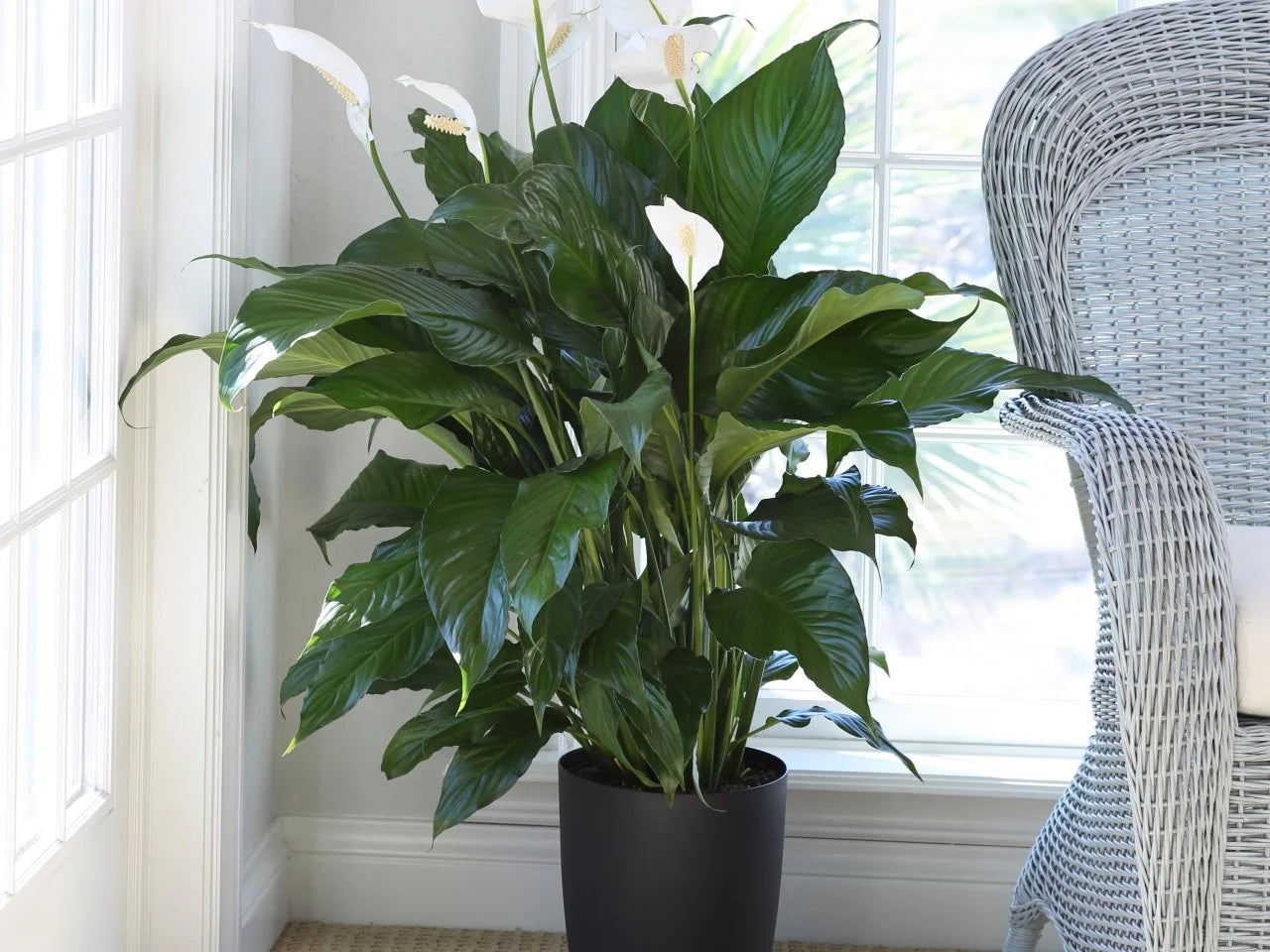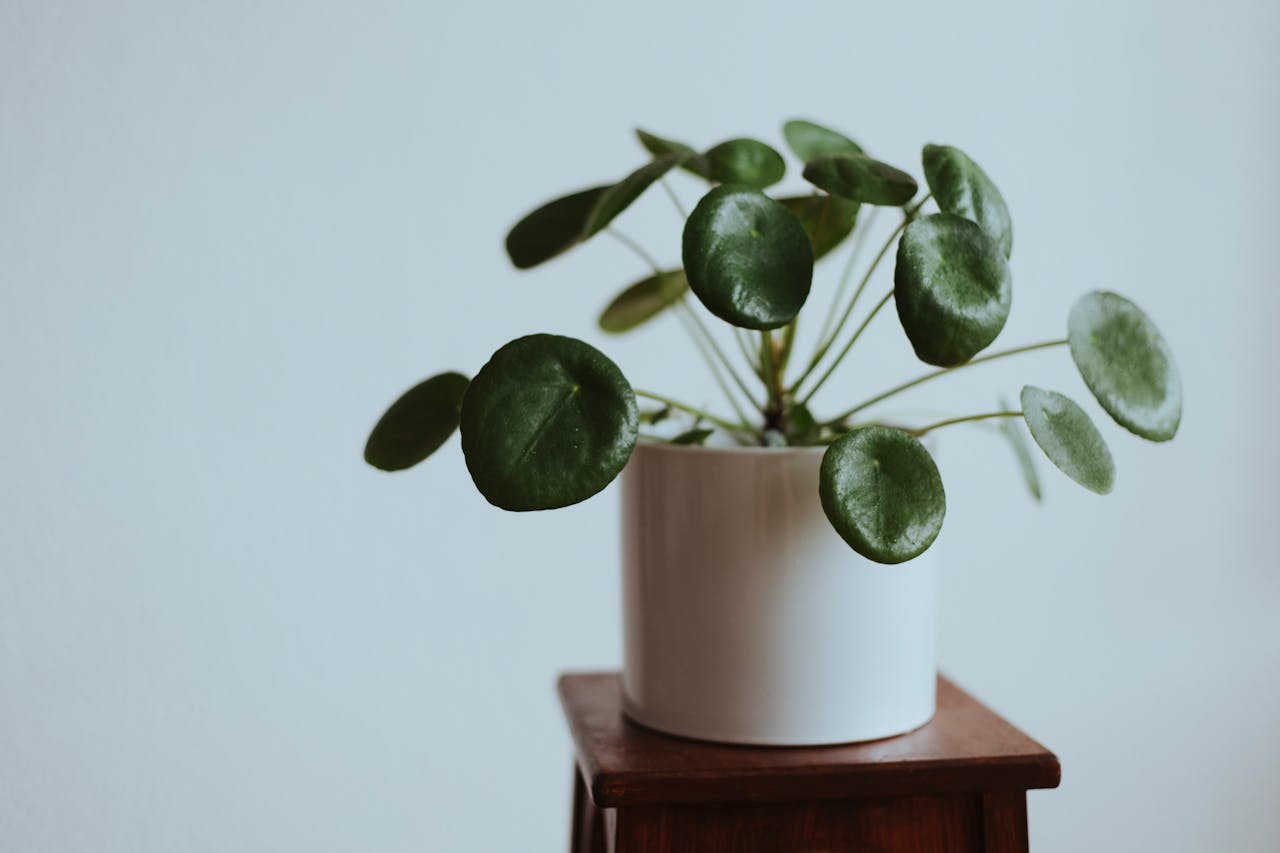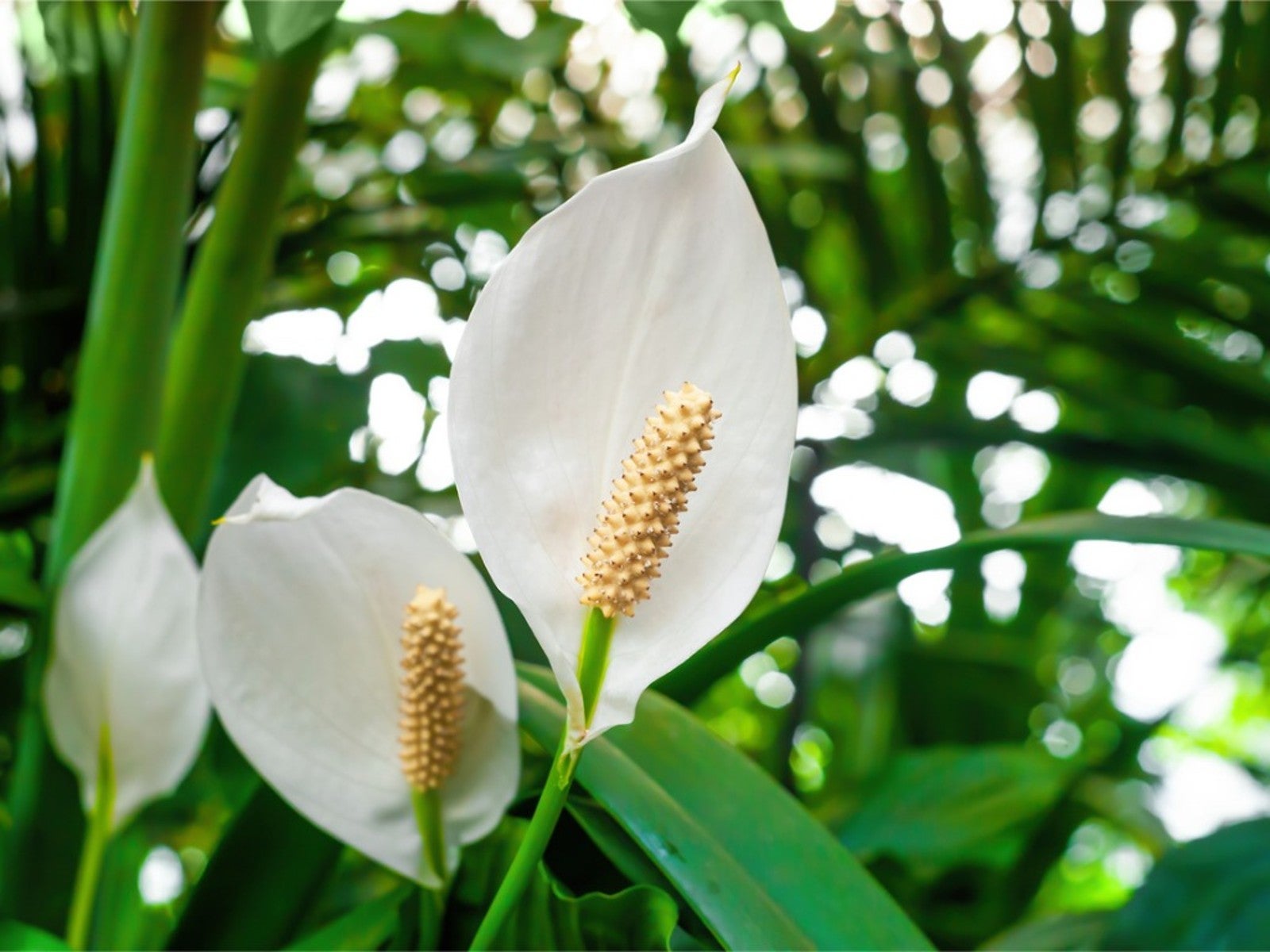The Peace Lily (Spathiphyllum) is a popular indoor plant known for its lush green foliage and elegant white blooms. One of the primary reasons this plant is favored by homeowners and indoor gardeners is its ability to thrive in low-light conditions. But can a Peace Lily truly flourish in shaded areas, or does it need more light than advertised? In this article, we’ll explore how well Peace Lilies can adapt to low-light environments, provide care tips for growing them in such conditions, and highlight how to keep your Peace Lily healthy even in shaded areas.
Understanding Peace Lily Light Requirements

Peace Lilies are tropical plants that naturally grow under the canopy of rainforests, where they receive filtered or indirect sunlight. This makes them well-suited to indoor environments where direct sunlight is scarce.
Can Peace Lilies Thrive in Low Light?
Yes, Peace Lilies can thrive in low-light conditions, but their growth and blooming may be affected. While Peace Lilies are incredibly adaptable and can survive in shaded areas, they tend to grow slower and produce fewer blooms when they don’t receive enough light.
In low-light conditions, Peace Lilies focus their energy on maintaining healthy leaves rather than producing flowers. If you prefer lush green foliage over frequent blooms, growing your Peace Lily in a shaded area is perfectly fine. However, if you want your plant to produce its signature white flowers, it’s essential to provide it with moderate, indirect light.
Signs That Your Peace Lily Needs More Light
Even though Peace Lilies can tolerate low light, there are certain signs that your plant might need more light to stay healthy:
- Fewer Blooms or No Blooms at All: If your Peace Lily is not flowering, it’s a sign that it’s not getting enough light. Peace Lilies need moderate light to produce their iconic white blooms.
- Slower Growth: If your plant is growing very slowly or not at all, it could be a result of insufficient light. While they won’t die in low-light areas, their growth can be significantly reduced.
- Leggy or Stretching Leaves: Peace Lilies in low light may produce longer stems or stretched-out leaves as they try to reach for more light. This can make the plant appear spindly or unbalanced.
- Pale or Yellowing Leaves: Inadequate light can cause the leaves to lose their vibrant green color and turn pale or yellow. While yellowing can also be a sign of overwatering, it may indicate light issues if watering is not the problem.
If you notice any of these signs, consider moving your Peace Lily to a slightly brighter spot with indirect sunlight to improve its overall health and appearance.
Best Practices for Growing Peace Lilies in Low Light

Growing a Peace Lily in low-light conditions requires some adjustments to its care routine. Here are essential tips to help your Peace Lily thrive in shaded areas:
1. Monitor Watering More Closely
Peace Lilies are sensitive to both overwatering and underwatering, and in low-light environments, they will need less water because they won’t be growing as vigorously as they would in brighter conditions.
- Check Soil Moisture: Allow the top 1-2 inches of soil to dry out between waterings. Overwatering can lead to root rot, especially in low light, where evaporation is slower.
- Water Sparingly: In shaded areas, the soil retains moisture for longer periods, so adjust your watering schedule accordingly to prevent soggy soil.
Also Read- Air-Purifying Benefits Of Peace Lilies: Improving Indoor Air Quality Naturally
2. Choose the Right Spot for Your Peace Lily
When growing your Peace Lily in low-light conditions, it’s essential to place it in a spot that receives at least some natural light, even if it’s minimal.
- Best Locations: North-facing windows or areas several feet away from bright windows are ideal for low-light growth. Avoid direct sunlight, as it can scorch the leaves.
- Avoid Total Darkness: Peace Lilies can’t survive in complete darkness. If you place your plant in a room with no windows or very low light, consider supplementing with artificial lighting, such as fluorescent or LED grow lights.
3. Fertilize Lightly and Less Frequently
In low-light conditions, Peace Lilies grow more slowly, so they don’t need as much fertilizer as plants grown in brighter environments. Over-fertilizing can cause nutrient buildup in the soil, which can harm the plant.
- Fertilize Sparingly: Use a balanced, water-soluble fertilizer diluted to half strength and apply it only once every 2-3 months during the growing season (spring and summer).
- Skip Winter Fertilization: Avoid fertilizing in the winter months when the plant’s growth naturally slows down.
Also Read- How To Care For A Peace Lily After Flowering: Encouraging New Blooms
4. Clean the Leaves Regularly
Since Peace Lilies don’t grow as quickly in low light, their leaves can accumulate dust, which can affect their ability to absorb light.
- Wipe Down the Leaves: Regularly clean the leaves with a damp cloth to remove dust and promote better light absorption, even in low-light areas. This will also help keep your plant looking vibrant and healthy.
5. Adjust Humidity Levels
Peace Lilies thrive in humid environments, which can be a challenge in low-light areas that are often drier, especially during the winter months when indoor heating is in use.
- Increase Humidity: To mimic the tropical environment that Peace Lilies prefer, you can increase humidity around the plant by placing a tray of water nearby, using a humidifier, or misting the leaves with water.
Also Read- The Benefits Of Using Rainwater For Your Peace Lily
Final Thoughts
Peace Lilies are incredibly adaptable plants, making them one of the best choices for low-light indoor environments. While they can thrive in shaded areas with minimal light, keep in mind that their growth and flowering may slow down. By adjusting your care routine—watering carefully, providing occasional fertilization, and ensuring good humidity levels—you can help your Peace Lily stay healthy and lush, even in lower light conditions.
If you want your Peace Lily to bloom regularly, consider placing it in a brighter spot with indirect light, but if you’re content with its beautiful green foliage, it will happily survive in a shaded corner of your home. With the right care, Peace Lilies are a stunning and easy-to-maintain addition to any indoor space, providing beauty and improved air quality, even in low light.













Leave a comment
This site is protected by hCaptcha and the hCaptcha Privacy Policy and Terms of Service apply.